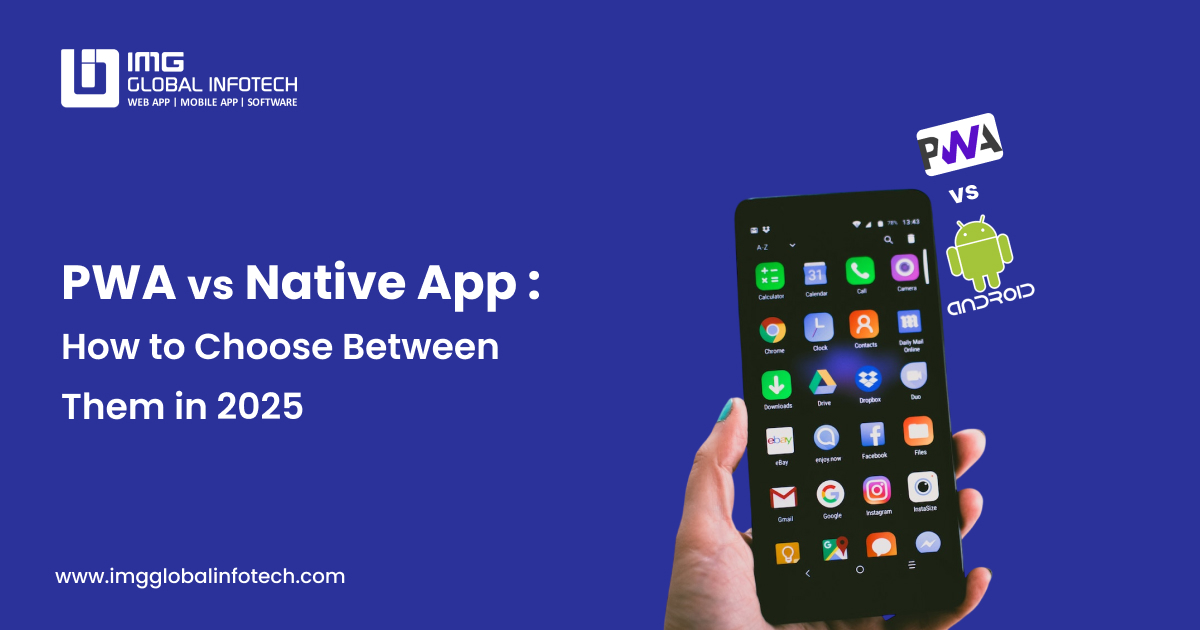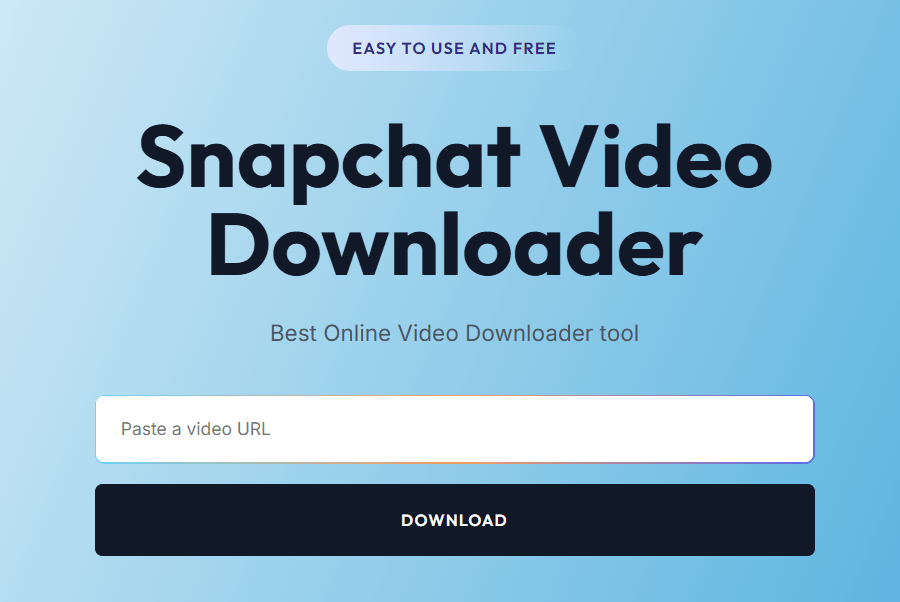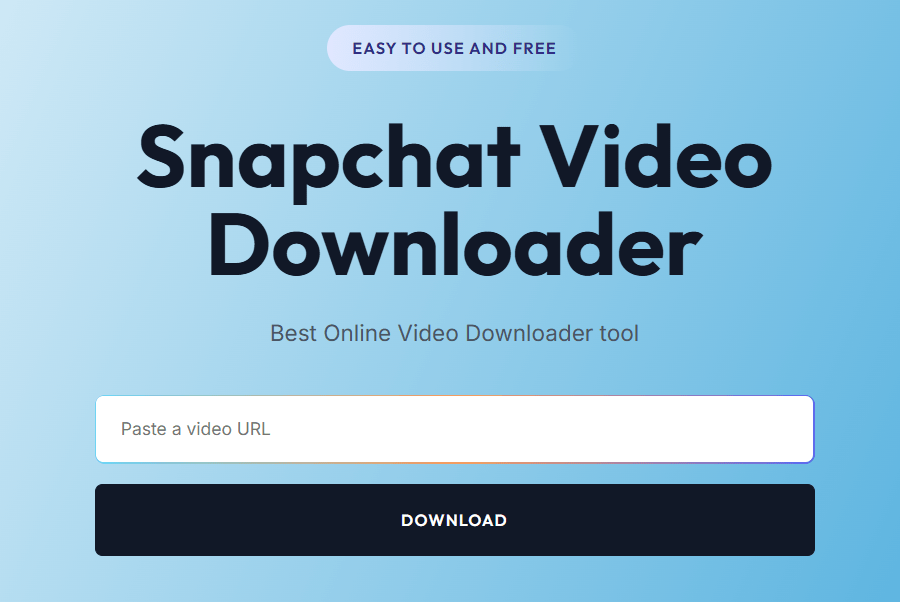PWA Vs. Native App: How to Choose Between Them in 2025

Strong 8k brings an ultra-HD IPTV experience to your living room and your pocket.
In the rapidly evolving digital era, mobile apps have become the foundation of user engagement, business scalability, and customer retention. As businesses explore new ways to reach their audience in 2025, the debate between Progressive Web Apps (PWAs) and Native Apps has intensified. Each approach has its own advantages and limitations, and the choice between them can significantly affect performance, user experience, and development investment.
If you're starting fresh or planning to upgrade your current application, understanding the difference between PWAs and Native Apps mobile app development is Essential for Your Business in 2025. Let’s dive deep into what makes each platform unique and how to make an informed decision that aligns with your long-term business goals.
What is a Progressive Web App (PWA)?
A Progressive Web App (PWA) is essentially a website built with modern web technologies—like HTML5, CSS3, and JavaScript—but functions like a native mobile application. PWAs are accessed through web browsers, but users can "install" them on their home screen without downloading them from an app store.
Key features of PWAs include:
- Offline access using service workers
- Push notifications
- Fast loading times even on slower networks
- Auto-updating in the background
- Lower storage consumption
PWAs are designed to be platform-independent, meaning one codebase can serve users across Android, iOS, and desktop platforms.
What is a Native App?
Native apps are built specifically for a given platform—iOS or Android—using platform-specific programming languages like Swift for iOS and Kotlin or Java for Android. These apps are downloaded via app stores and have direct access to system-level features.
Native apps are known for:
- Superior performance
- Enhanced user experience (UI/UX)
- Full access to device hardware like GPS, camera, accelerometer, etc.
- Better security due to platform-level integration
While these benefits are significant, they come at the cost of higher development time and resources, as separate codebases are required for different platforms.
Performance Comparison: Speed, UI, and Responsiveness
When it comes to performance, native apps outperform PWAs. Because native apps run directly on the device's operating system, they deliver smoother animations, faster transitions, and more fluid UI interactions. This is particularly important in apps that require heavy processing, such as mobile games, video editing tools, or real-time data applications.
PWAs, while fast, are still dependent on the browser layer and can suffer from performance issues on older devices. However, advancements in web technologies and improvements in mobile browsers have narrowed the performance gap in recent years.
Offline Capabilities and Hardware Integration
One of the major advantages of native apps is their ability to interact seamlessly with a device’s hardware and OS-specific features. They can access contact lists, background geolocation, Bluetooth, and other APIs essential for creating feature-rich apps.
PWAs have made progress in offline capabilities using service workers. Still, hardware access remains limited, although standards like Web Bluetooth and Web NFC are beginning to expand these boundaries.
For apps that rely heavily on GPS, real-time sensors, or biometric authentication, native apps are the better choice.
Cost and Time to Develop
A critical factor in the decision-making process is the mobile app development cost. Native app development requires two separate teams for Android and iOS, resulting in higher costs and longer time-to-market.
PWAs, on the other hand, are cost-effective and quicker to develop since a single codebase can serve all platforms. This makes PWAs an ideal choice for startups, MVPs (Minimum Viable Products), and businesses on tight budgets.
If budget is a constraint, hiring a React Native App Development Company can be a smart move. React Native allows you to build near-native apps using a shared codebase for both platforms, striking a balance between performance and cost-efficiency.
Installation and Discoverability
Native apps are distributed through platforms like the Apple App Store and Google Play. While this provides greater visibility and trust, it also involves submission fees, approval delays, and adherence to platform policies.
PWAs can be discovered through search engines and installed directly from the browser without any app store involvement. They benefit from SEO, reducing dependency on app ecommerce marketplaces, which is crucial for businesses aiming for quicker customer onboarding.
Security and Updates
Security is another aspect where native apps have an edge. They are more secure because they are vetted by app stores, and platform-specific security patches are frequently rolled out. Moreover, app updates can be forced through store versions, ensuring users always run the latest version.
PWAs, while using HTTPS for secure communication, lack centralized control. Users may unknowingly use outdated versions unless the browser triggers a background update. Nevertheless, the update process is seamless and doesn’t require manual intervention from users.
User Engagement and Retention
Native apps support advanced engagement features like push notifications, in-app messaging, geofencing, and gamified user experiences, helping boost retention rates. Deep device integration also means that native apps can offer better personalization.
PWAs support some engagement features like push notifications (on supported platforms) and home screen installation. But due to their browser-based nature, they often lack the same level of stickiness as native apps.
If your business relies heavily on Mobile App Metrics like session duration, retention rate, and average revenue per user, native apps provide more tools and control to optimize performance.
Maintenance and Scalability
Maintaining native apps requires updating two separate codebases, which means increased time and cost. However, they are more scalable in terms of performance and feature richness.
PWAs are easier to maintain because of a single codebase. For businesses expecting moderate user interaction and who want to scale fast without platform restrictions, PWAs are a suitable option.
When to Choose What?
Here’s a quick summary:
Choose PWA when:
- You need fast deployment
- You have a limited budget
- You want a unified experience across devices
- You don’t need extensive access to device hardware
Choose Native App when:
- Performance and device access are mission-critical
- Your app demands high-end graphics or frequent user interaction
- You want to maximize engagement and retention
- You rely on app store visibility
For businesses with specific Mobile App Ideas focused on e-commerce, social networking, or gamification, the answer may lean more toward native. On the other hand, if your business model is content delivery, service booking, or catalog viewing, PWAs can be a powerful and affordable solution.
Future Outlook in 2025
The line between PWAs and native apps is beginning to blur. Newer technologies like WebAssembly, increased browser API access, and hybrid frameworks are making PWAs more powerful. Meanwhile, frameworks like Flutter and React Native are transforming native app development into a more flexible and cost-effective process.
Businesses are also increasingly hiring local specialists, such as a Mobile App Development Company in Jaipur, to craft tailored solutions that suit regional markets while meeting global standards.
Conclusion
Choosing between a Progressive Web App and a Native App in 2025 depends entirely on your business goals, user expectations, technical requirements, and budget. While PWAs offer quick deployment, cost efficiency, and cross-platform compatibility, native apps shine in performance, user engagement, and advanced functionality.
As a final thought, your decision should be rooted in a clear Introduction for Businesses—identifying your core users, their behavior, and how your app can serve them best. Whether you're launching a new platform or rethinking your current digital strategy, take the time to evaluate both options, run pilots, and collaborate with the right development team.
FAQs
1. Is PWA a good replacement for native apps?
Ans : Not entirely. PWAs can replace native apps for simple use cases but fall short when advanced device features and performance are required.
2. Which is more cost-effective: PWA or Native App?
Ans : PWAs are more cost-effective due to their single codebase and quicker development cycle.
3. Can PWAs work offline like native apps?
Ans :Yes, PWAs support offline functionality through service workers, but it’s more limited than native offline capabilities.
4. Are PWAs supported on iOS devices?
Ans :Yes, but with some restrictions. iOS support for PWAs is improving but still lags behind Android.
5. Which platform is better for user engagement?
Ans : Native apps offer superior user engagement tools like push notifications, geofencing, and rich UI, making them ideal for high-engagement models.
Note: IndiBlogHub features both user-submitted and editorial content. We do not verify third-party contributions. Read our Disclaimer and Privacy Policyfor details.







